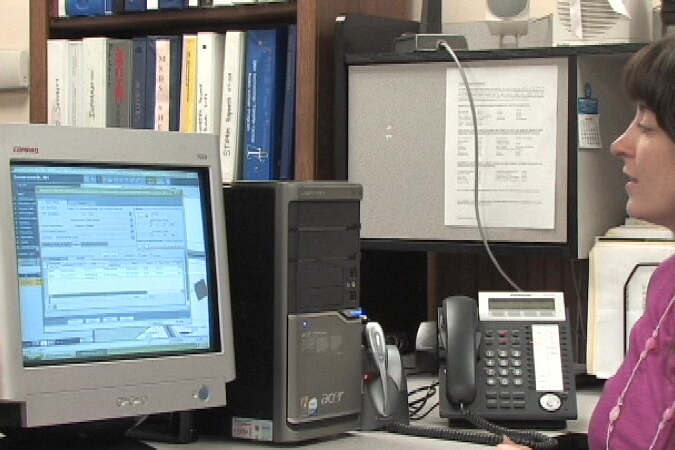3.8.5 Collecting and Storing Cost Data on Assets
In order to make better management decisions about assets - when to continue to repair an asset versus when to replace an asset - cost data on an individual asset basis is needed. This data could include initial cost (if known,) operation and maintenance costs, repair costs, and rehabilitation costs. Additional costs such as fines or legal fees associated with an asset failure can be included if they are known and the inventory program is sophisticated enough to contain this data.
If the utility is using a very simple inventory program such as Microsoft Access or Microsoft Excel, there can be a cost data column or entry that contains the total cost for that asset per year. This could be done by adding new costs to the number that was there and entering the new amount. This approach would not provide a cost history, but it could provide cost information. For example, in October $200 was spent on Blower #1. $200 is entered into the O&M cost entry on the Access database. Then in December an additional $100 is spent on O&M. Now the $200 could be changed to $300 so there is only one entry for cost. Alternatively the utility could add cost columns to a spreadsheet inventory program and have multiple cost entries that can be totaled to determine the overall cost of the asset. For some assets, this approach could result in an extremely large spreadsheet.
A utility can also invest in a more advanced asset inventory program that tracks costs through a work order system or one that has more options regarding how to collect costs.
In order to make better management decisions about assets - when to continue to repair an asset versus when to replace an asset - cost data on an individual asset basis is needed. This data could include initial cost (if known,) operation and maintenance costs, repair costs, and rehabilitation costs. Additional costs such as fines or legal fees associated with an asset failure can be included if they are known and the inventory program is sophisticated enough to contain this data.
If the utility is using a very simple inventory program such as Microsoft Access or Microsoft Excel, there can be a cost data column or entry that contains the total cost for that asset per year. This could be done by adding new costs to the number that was there and entering the new amount. This approach would not provide a cost history, but it could provide cost information. For example, in October $200 was spent on Blower #1. $200 is entered into the O&M cost entry on the Access database. Then in December an additional $100 is spent on O&M. Now the $200 could be changed to $300 so there is only one entry for cost. Alternatively the utility could add cost columns to a spreadsheet inventory program and have multiple cost entries that can be totaled to determine the overall cost of the asset. For some assets, this approach could result in an extremely large spreadsheet.
A utility can also invest in a more advanced asset inventory program that tracks costs through a work order system or one that has more options regarding how to collect costs.



